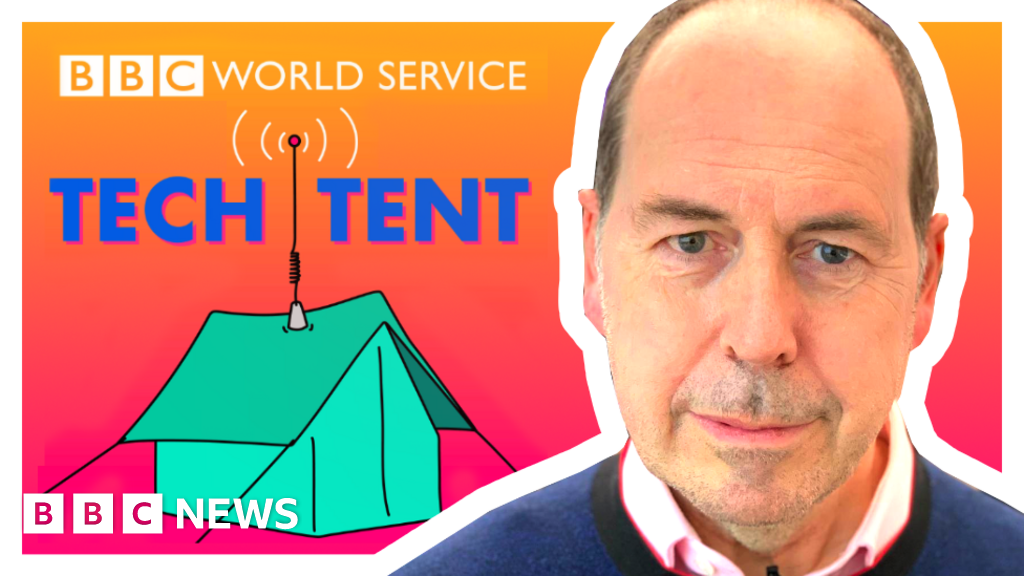Listen to the article
Social media platforms are finally taking decisive action against a surge in coronavirus misinformation, as the real-world consequences of online conspiracy theories become increasingly apparent.
From baseless claims linking 5G networks to COVID-19 to dangerous health advice about combating the virus, false information has proliferated across major platforms since the pandemic began. This week, several tech giants have implemented stricter measures to stem the tide of falsehoods.
The push for stronger content moderation comes after researchers at King’s College London discovered concerning behavioral patterns among those who believe conspiracy theories. Their study found individuals who accepted false narratives about COVID-19, particularly the debunked claim that 5G technology is somehow linked to the virus, were significantly less likely to comply with lockdown measures—potentially undermining public health efforts.
This online misinformation has already translated into real-world damage. Several cell phone towers in the UK have been targeted in arson attacks, apparently motivated by these unfounded theories linking telecommunications infrastructure to the spread of the coronavirus.
The 5G conspiracy theory gained traction in late January when it began appearing in anti-5G Facebook groups that had previously focused on campaigning against network deployment based on unsubstantiated health concerns. The false narrative even made its way into some newspaper articles, further amplifying its reach.
WhatsApp, owned by Meta, has responded by limiting message forwarding capabilities across its platform, making it more difficult for users to rapidly spread content of any kind. YouTube has taken an even more direct approach by implementing a policy to remove videos connecting COVID-19 symptoms to 5G networks. One of the first casualties of this policy was an interview featuring prominent conspiracy theorist David Icke.
Emily Bell, director of the Tow Centre for Digital Journalism at Columbia University, attributes the platforms’ newfound decisiveness to unprecedented pressure. “The pressure has been intense, not least because this is much more directly correlated to outcomes which affect life and death,” Bell explained. “If people don’t take the science seriously, if they don’t do what they’re being asked to do in terms of social distancing, then people die.”
This crackdown represents a notable shift for companies like Facebook, which have previously faced accusations of bias from American conservatives when moderating content. However, the current measures have encountered relatively little opposition outside of free speech absolutists, likely due to the clear public health implications.
Nevertheless, Bell highlights that these companies still face significant challenges in addressing the sheer volume of false information circulating on their platforms. “What I hear from all of them is that they still don’t really have the internal mechanisms to deal with the tsunami of false information that they’re currently seeing,” she noted.
The effectiveness of these measures remains questionable. Some argue that rather than banning content outright, platforms should prioritize fact-checking and providing access to scientific information. However, this approach assumes users are open to correction.
Evidence suggests many conspiracy believers actively avoid contradictory information. In one telling example, members of conspiracy-focused Facebook groups have been sharing instructions on how to block fact-checking content from appearing in their feeds by adding terms like “fact check” to their blocked content settings.
As social media companies navigate this complex landscape, they face difficult questions about the limits of free expression, the boundaries of acceptable content, and their responsibility to protect users from harmful misinformation during a global health crisis. What has become increasingly clear is that online falsehoods can have tangible, dangerous consequences that extend well beyond the digital realm.
Verify This Yourself
Use these professional tools to fact-check and investigate claims independently
Reverse Image Search
Check if this image has been used elsewhere or in different contexts
Ask Our AI About This Claim
Get instant answers with web-powered AI analysis
Related Fact-Checks
See what other fact-checkers have said about similar claims
Want More Verification Tools?
Access our full suite of professional disinformation monitoring and investigation tools



